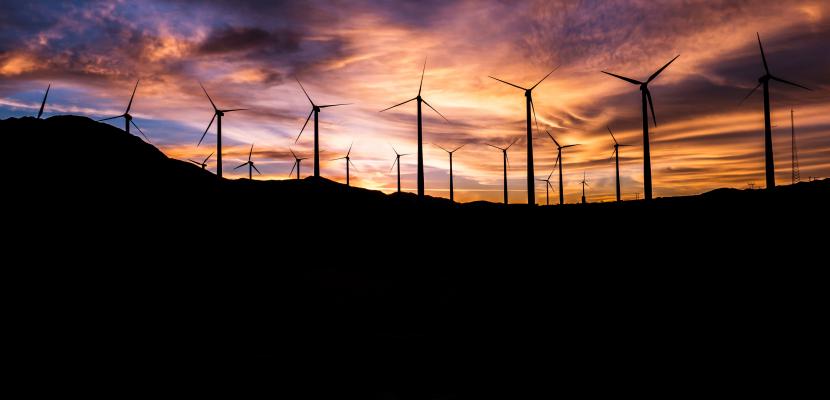Image

The Grid Project
Published on 19 December 2019

United Kingdom
This is the good practice's implementation level. It can be national, regional or local.
About this good practice
In 2018 VAF produced a case study of a TV series Buck, which had achieved a 93% reduction in carbon emissions from energy use and saved over €20,000 by using an alternative power source on location.
Since most of the filming was in one location, the crew was able to install a temporary electrical distribution box for its power supply. This gave the production access to a green electricity provider and enabled it to reduce CO2 emissions and air and noise pollution as well as costs (in comparison with those incurred by a traditional generator) and to achieve greater efficiency. By using mixed energy supplies from the local grid (1.93 tons of CO2 over 11 days), the distribution box (0.28 tons of CO2 over 60 days) and generator (0.23 tons of CO2 over 2 days), Buck’s energy strategy generated total emissions of only 2.44 tons of CO2. Using a generator for the entire shoot (73 days) would have generated 38.1 tons of CO2. This is a carbon saving of 93% on energy use. The cost of the temporary distribution box and its installation and removal including the green energy was €2026.
This good practice inspired Film London to undertake a feasibility study which would assess the potential for using this approach in its own region. This was the first step of the Grid Project.
Since most of the filming was in one location, the crew was able to install a temporary electrical distribution box for its power supply. This gave the production access to a green electricity provider and enabled it to reduce CO2 emissions and air and noise pollution as well as costs (in comparison with those incurred by a traditional generator) and to achieve greater efficiency. By using mixed energy supplies from the local grid (1.93 tons of CO2 over 11 days), the distribution box (0.28 tons of CO2 over 60 days) and generator (0.23 tons of CO2 over 2 days), Buck’s energy strategy generated total emissions of only 2.44 tons of CO2. Using a generator for the entire shoot (73 days) would have generated 38.1 tons of CO2. This is a carbon saving of 93% on energy use. The cost of the temporary distribution box and its installation and removal including the green energy was €2026.
This good practice inspired Film London to undertake a feasibility study which would assess the potential for using this approach in its own region. This was the first step of the Grid Project.
Resources needed
Film London has been awarded a Pilot Action grant from Interreg Europe for the Grid Project at Victoria Park. We have also secured funding from the Good Growth Fund towards the pilot and two other sites, subject to further fundraising. Film London will work with experts to implement the project.
Evidence of success
The project has support from the GLA, Arup, Good Energy, the BFC, The Film Office as well as the relevant local authorities and an Industry Advisory Group made up of well-established Facilities Captains & Location Managers.
Once the electrical cabinet has been successfully installed in the pilot site, the film and TV industry as well as events will be able to plug into renewable energy rather than using diesel generators achieving a reduction of CO2, NO2 and PM to nil.
Once the electrical cabinet has been successfully installed in the pilot site, the film and TV industry as well as events will be able to plug into renewable energy rather than using diesel generators achieving a reduction of CO2, NO2 and PM to nil.
Potential for learning or transfer
The Grid Project has adapted the ‘plug in’ approach and scaled it up to supply power at unit bases. The project assessed the feasibility of providing green energy via the mains network at a central London unit base, demonstrating a reduction in carbon, PM and NO2 emissions and noise pollution. Detailed analysis of a ‘pilot’ site at Victoria Park in East London undertaken by Arup established that in 2018, production generators consumed 64,082 l of diesel and 1,656 l of petrol. The CO2 emitted by the generators was 169,556kg. Providing access to green energy would reduce this to Nil.
The pilot at Victoria Park will result in fine tuning the operational process of working with productions and events. Subject to fundraising, the roll out to two other sites will follow. The implementation of the pilot can inform other cities in the UK/ Europe where the model might be adopted. Film London will promote the the pilot across the UK and also to European networks such as Cine Regio and EUFCN.
The pilot at Victoria Park will result in fine tuning the operational process of working with productions and events. Subject to fundraising, the roll out to two other sites will follow. The implementation of the pilot can inform other cities in the UK/ Europe where the model might be adopted. Film London will promote the the pilot across the UK and also to European networks such as Cine Regio and EUFCN.
Good practice owner
You can contact the good practice owner below for more detailed information.
Organisation
Film London

United Kingdom
Inner London — East
Contact
Sustainability Coordinator
